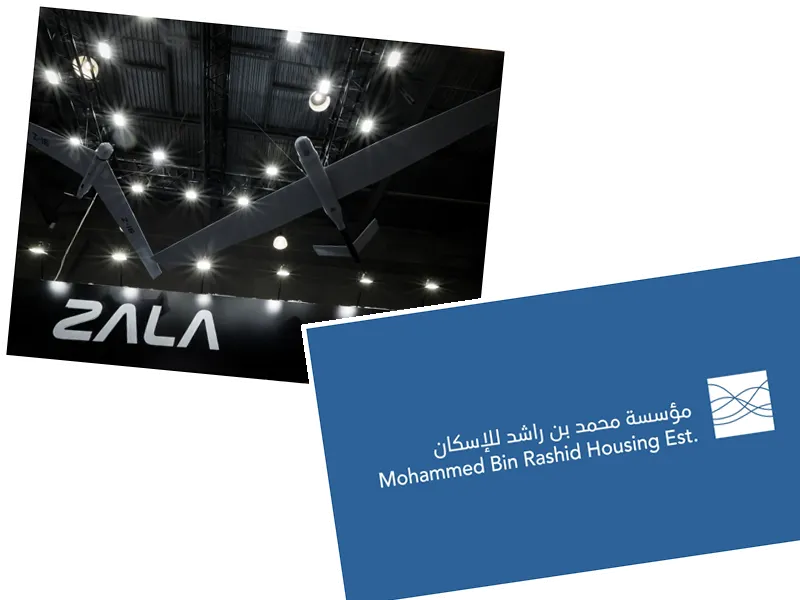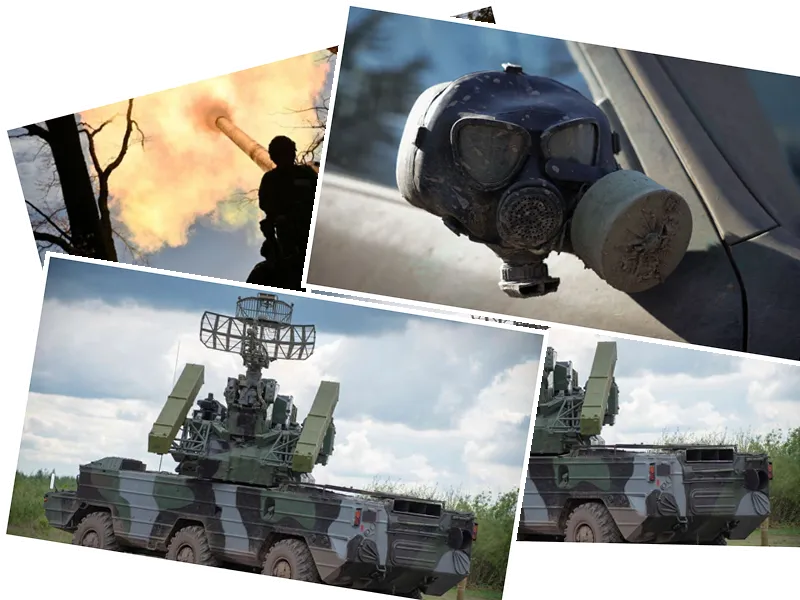In a world increasingly reliant on technology, both military and civilian sectors are witnessing a transformative shift towards the use of drones. The recent reports highlight the contrasting applications of drone technology in warfare and housing development, showcasing both its strategic advantages and innovative implementations.
The ongoing conflict in Ukraine has underscored the tactical superiority of Russian drones, which are equipped with advanced artificial intelligence and capable of precise reconnaissance operations. These drones have played a crucial role in monitoring Ukrainian military movements, resulting in significant losses for the Ukrainian forces. The ability of these drones to operate in coordination over extensive distances has made them a formidable tool in the conflict, enabling real-time surveillance and targeted strikes on military assets, including the anticipated F-16 fighter jets from European allies.
On the other hand, the Mohammed Bin Rashid Housing Establishment in Dubai is leveraging drone and artificial intelligence technologies to enhance its housing projects. This initiative aims to improve operational efficiency and quality standards in construction and maintenance, aligning with Dubai’s vision of becoming a smart city. By employing drones for monitoring construction progress and conducting preventive maintenance, the organization is setting a benchmark for innovation in the housing sector. This dual approach to drone technology—military and civilian—illustrates its versatility and importance in modern society.






